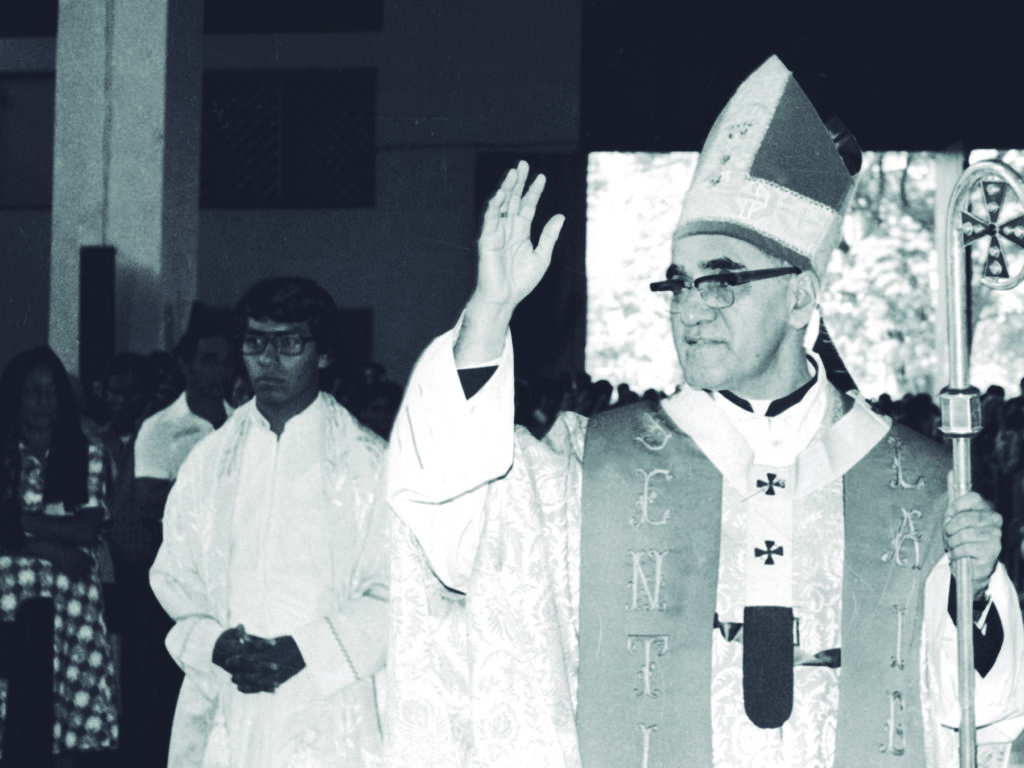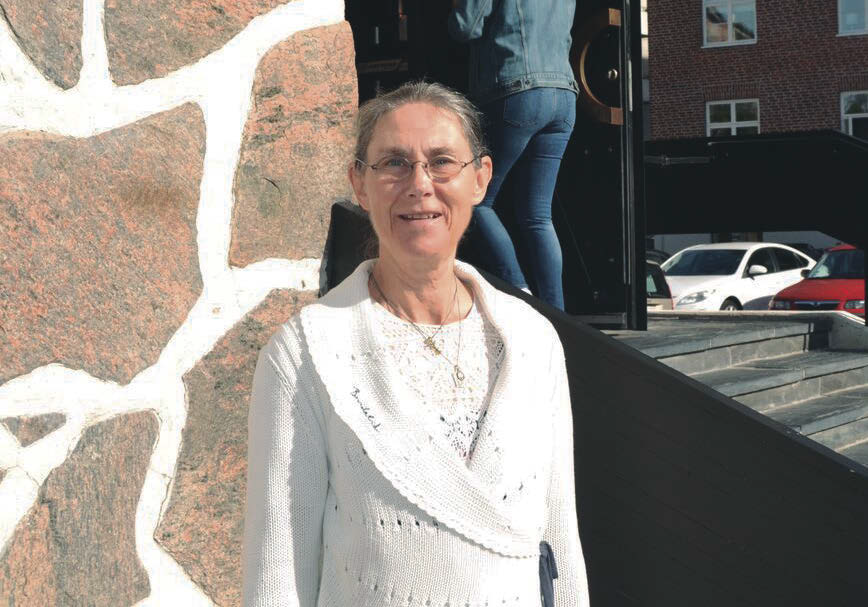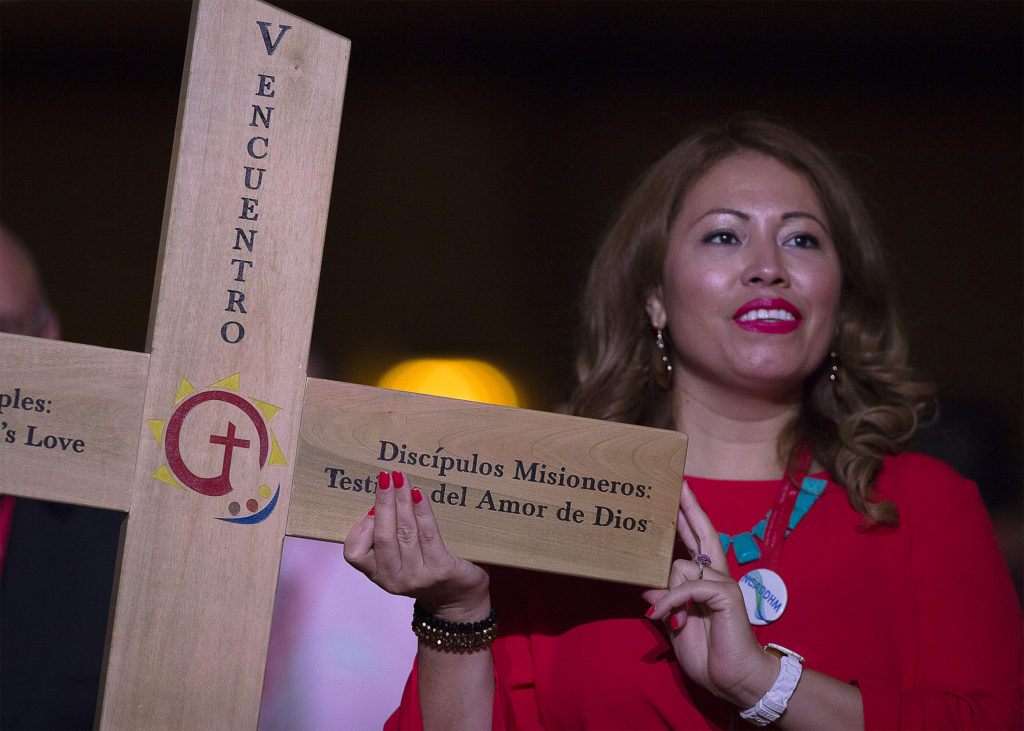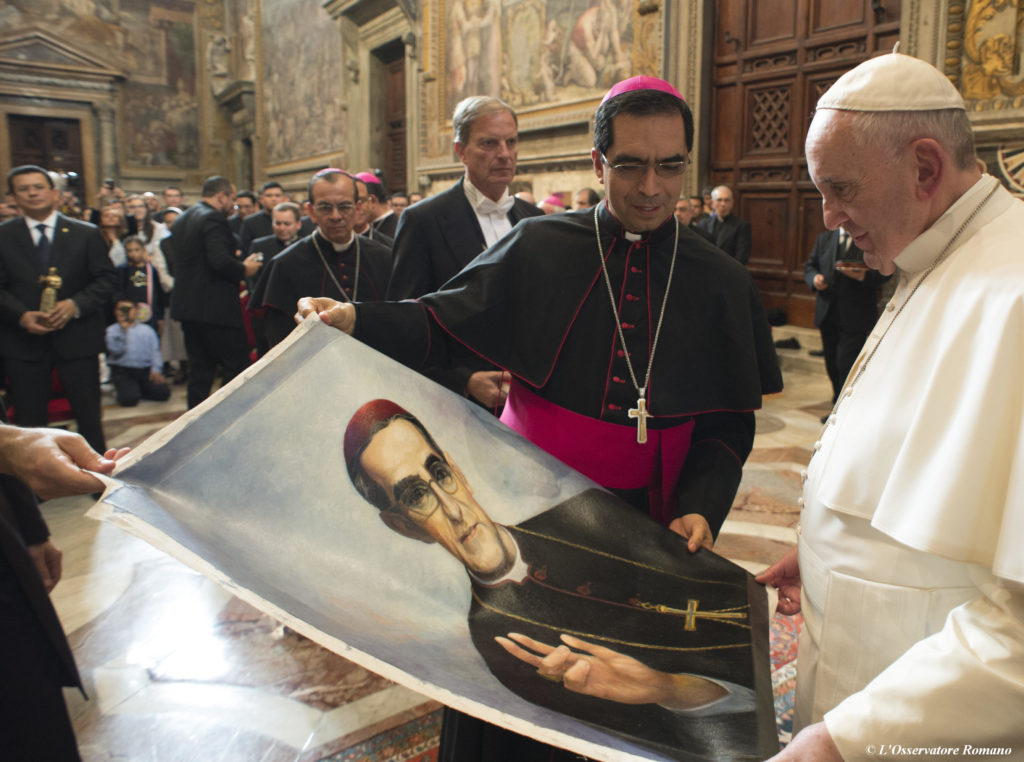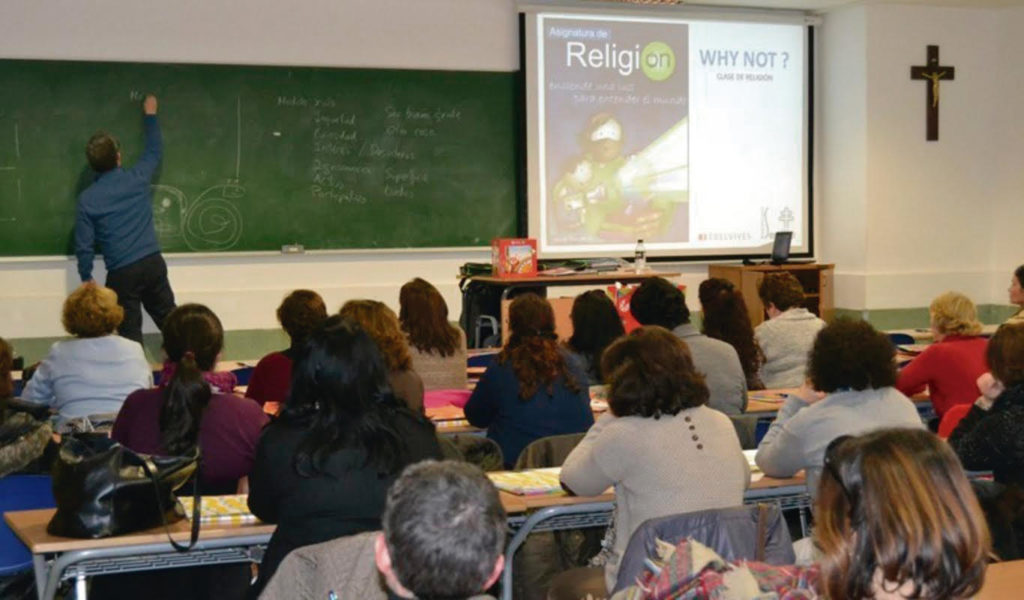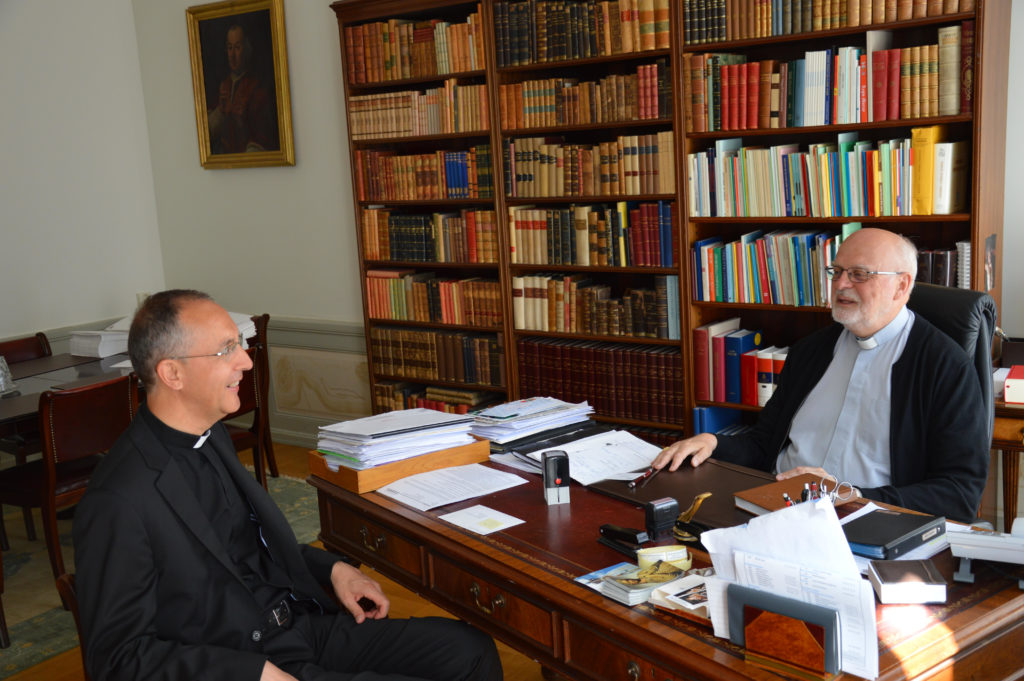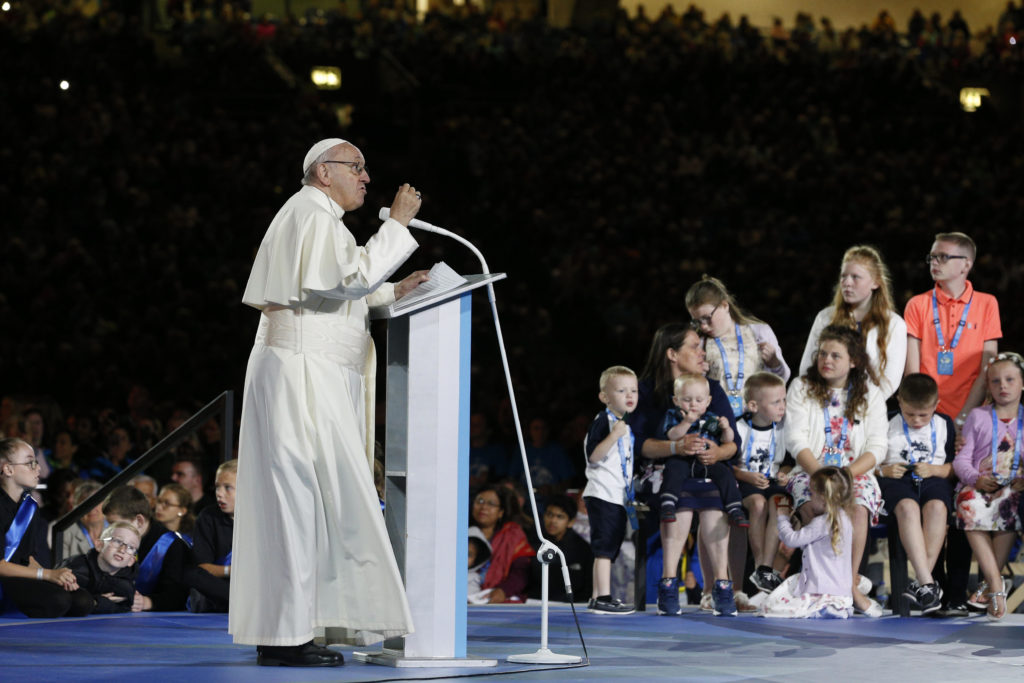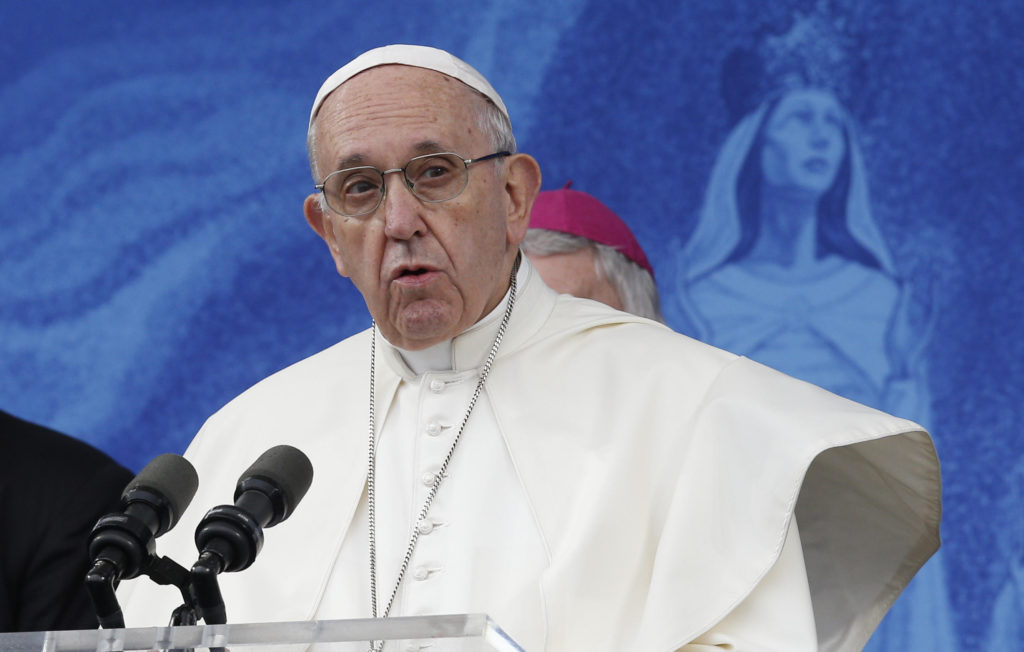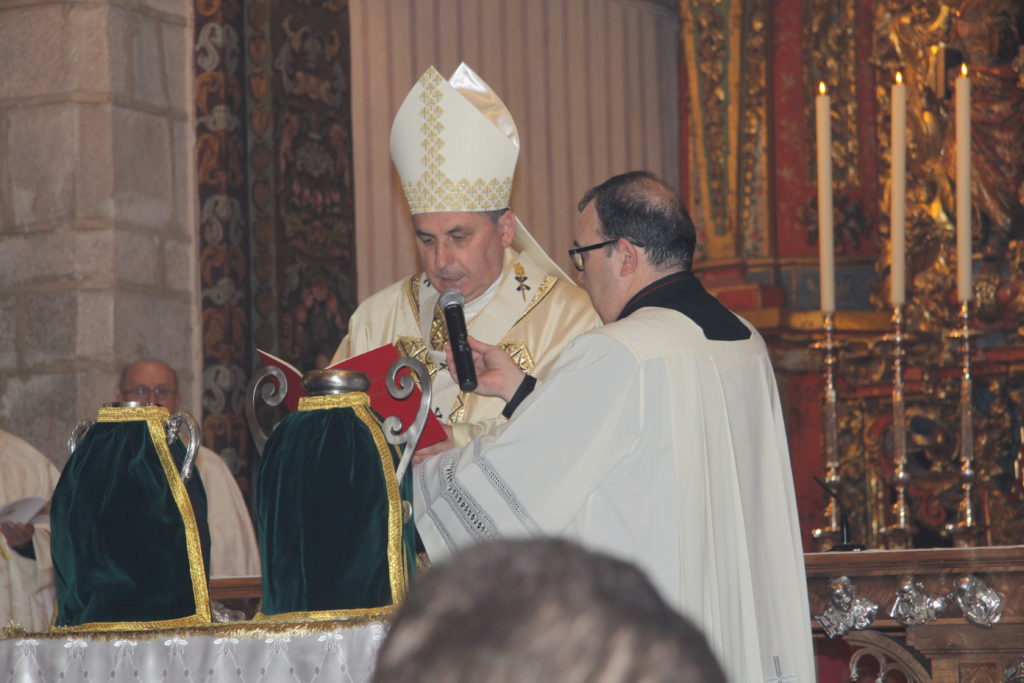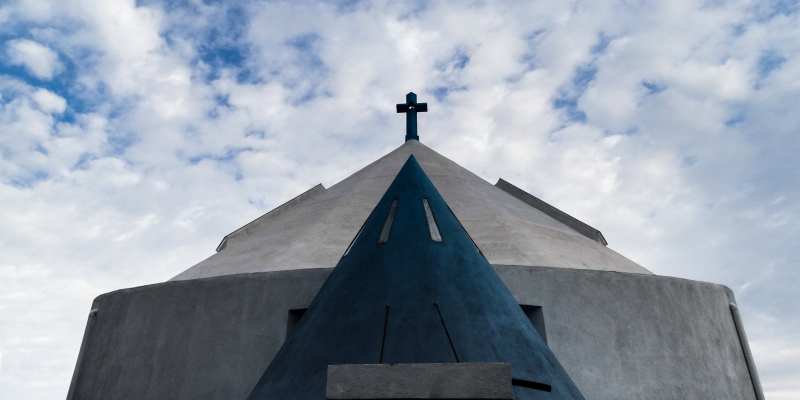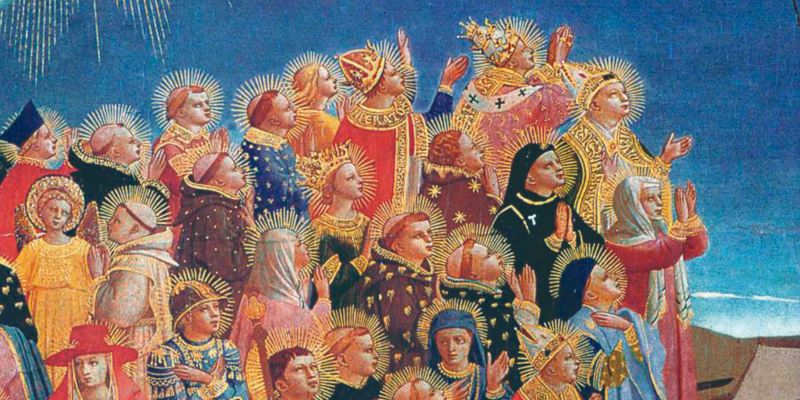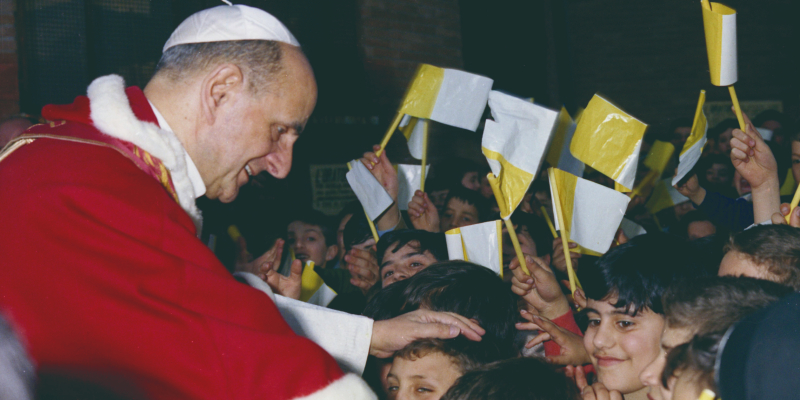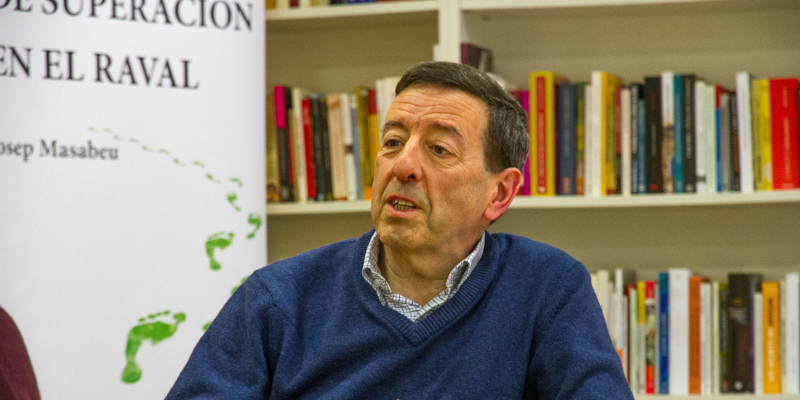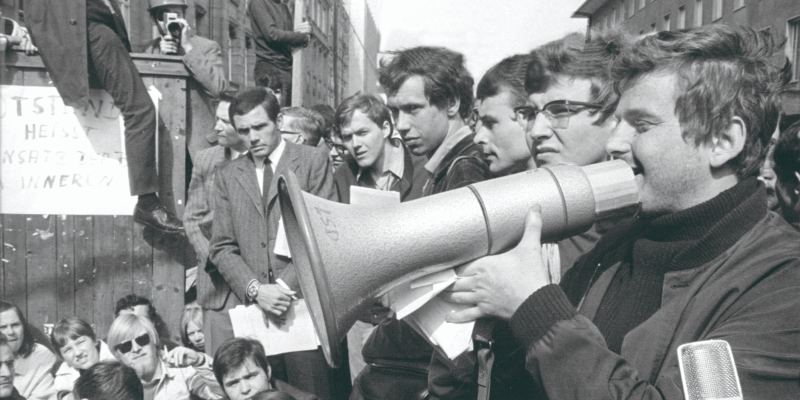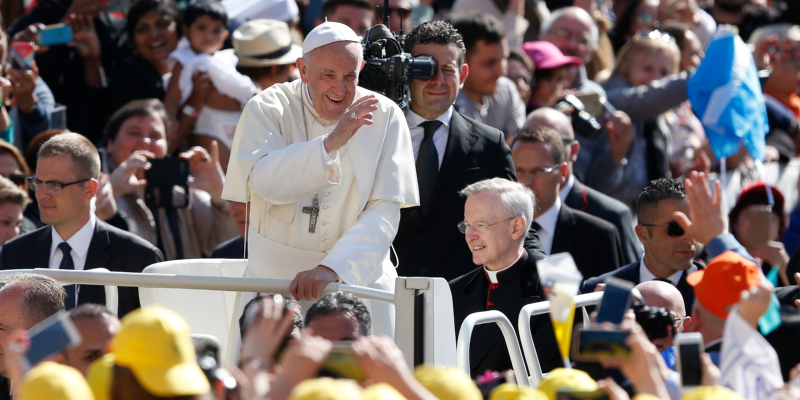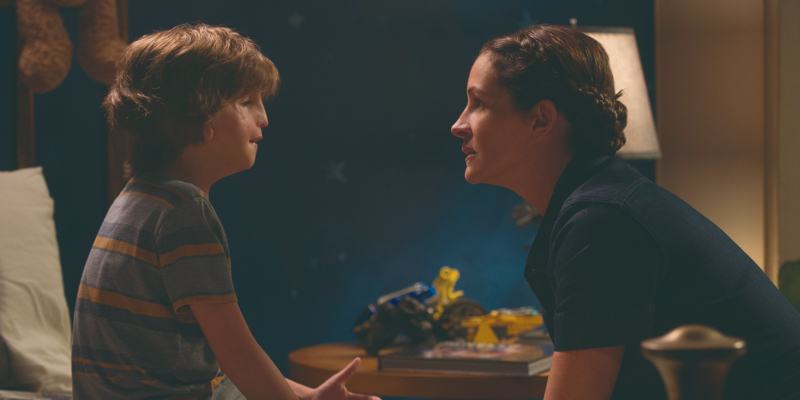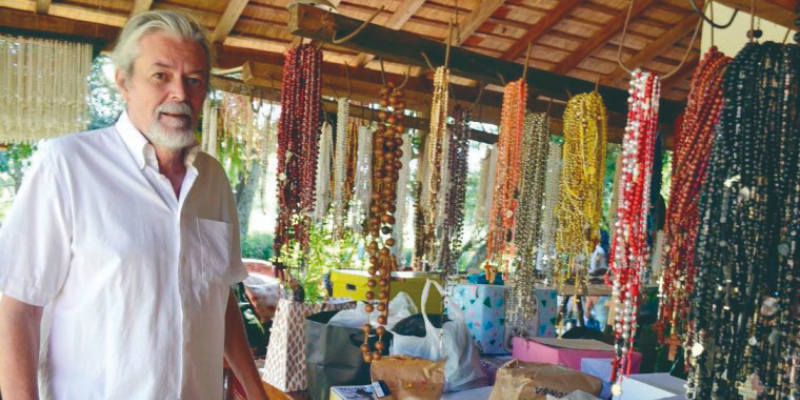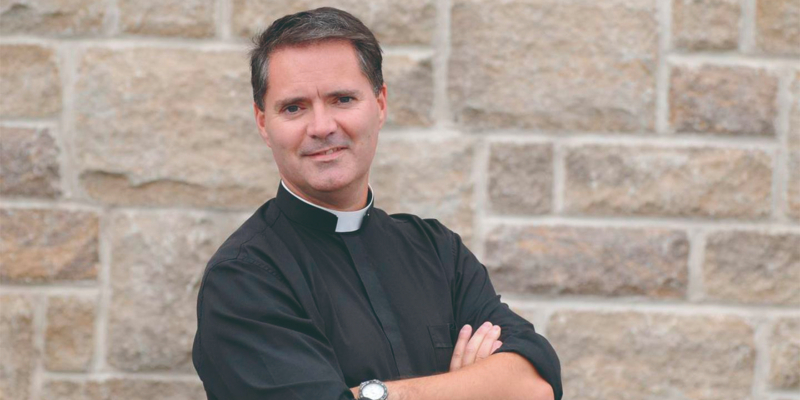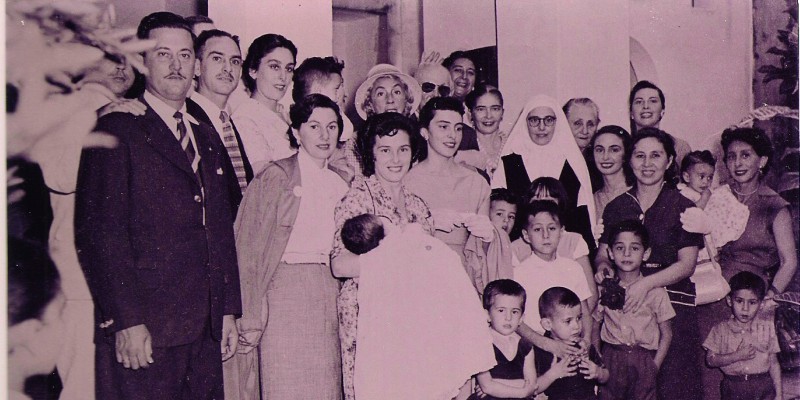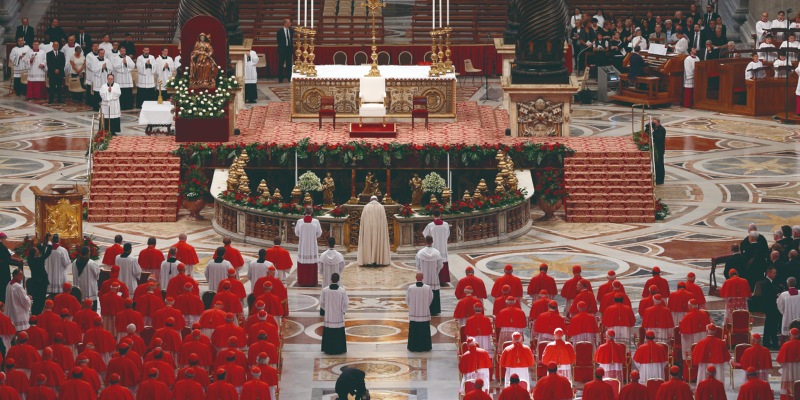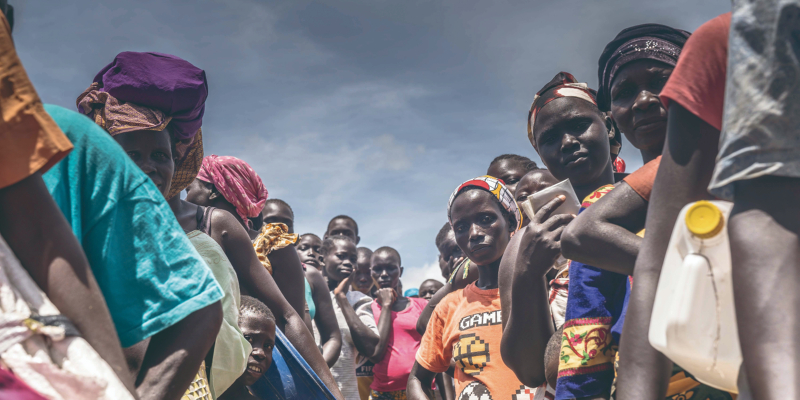By decision of the Pope, the Jesuit priest is also among the organizers of the February meeting of the Presidents of the Episcopal Conferences of the world, convened by Francis on the theme of the protection of minors. Palabra interviewed him on the occasion of this meeting.
From February 21 to 24, Pope Francis has summoned to the Vatican the Presidents of the Bishops' Conferences from around the world to discuss together the protection of minors and the prevention of cases of abuse of minors and vulnerable adults.
This is a real novelty, since for the first time the issue is being addressed systematically and with the highest representatives of the world episcopate. For the occasion, the participants in the meeting were urged to follow the example of the Holy Father and meet personally with victims of abuse before the meeting in Rome, in order to become aware of the truth of what happened and to feel the suffering that these people have endured.
Hans Zollner, a Jesuit, member of the Pontifical Commission for the Protection of Minors and president of the Center for the Protection of Minors at the Pontifical Gregorian University, to whom the Pope has entrusted the organizational secretariat of next month's meeting.
The priest, who is also a psychologist, tackles the issue in its entirety, narrating his experience and pointing out the truly important aspects for effective prevention, starting with the formation of the clergy and the safeguarding of the weakest, for a definitive awareness of the phenomenon.
P. Zollner, in 2002, St. John Paul II, speaking to the cardinals of the United States of America about the abuse scandal that was breaking out in those months, expressed his wish that all that pain and discomfort would lead to a "holy" priesthood and episcopate. Can it be said that an initial awareness of the seriousness of the phenomenon can be traced back to that period?
–To tell the truth, the awareness of some people in the Church regarding this phenomenon began much earlier. For example, the Council of Elvira, in Spain, 1,700 years ago, had already written regarding scandals stemming from sexual abuse. Canon 71 states: "Men who rape boys will not receive communion, not even at the end.". However, since 2002, as has been observed, something different has been happening.
The problem of sexual abuse of minors has moved from a taboo status to the space of public discourse in the Church, and also in society. This is due to many reasons, not the least of which is the attention that the media has directed to this problem.
The words of John Paul II on the occasion of the meeting with the U.S. Cardinals are relevant today: "Abuses on young people are a serious symptom of a crisis that hits not only the youth but also the world as a whole.ónot only to the Church, but also to society as a whole"..
On that occasion, the Polish Pontiff spoke of an authentic crime, recognizing the need to establish useful criteria for the establishment of a new law. -Was this really the case?
–We can notice many changes after the 2002 meeting, particularly in the Church in the United States.
After the rigorous performance of the so-called Dallas Charterprivate audits have shown that dioceses such as Boston have created Catholic environments that are now among the safest places for children.
Adults who work with children have received rigorous training, and there is greater attention to the selection of those who can work with children. Where prevention precautions have been taken, we can see measurable and positive results.
The pontificate of Benedict XVI has witnessed an unveiling of scandals, this time coming from Europe, and in particular from Ireland. The letter that the Pope emeritus addressed in 2010 to the bishops of that region is moving....
–As the Pontiff said precisely in that letter: "No one imagines that this distressing situation will be resolved any time soon. Positive steps forward have been taken, but many more remain to be done.".
Benedict XVI was also the first Pope to meet on several occasions with victims of abuse. He has thus expressed the importance of the Church attending to those who have suffered from these crimes....
–We can say that, without a doubt, the leadership of the Church has not always functioned with full awareness of the magnitude of the problem. We see this constantly. Benedict XVI did much to fight against abuse, even before he became Pope, during his activity as head of the Doctrine of the Faith. He had the courage to act, against the wishes of many, to bring to light the crimes of Marcial Maciel, for example, and others. However, when asked why he had not been more aggressive in dealing with the problem as Archbishop of Munich, he replied: "For me... it was a surprise that also in Germany there were abuses on this scale."as told in the book The light of the world.
Pope Francis has continued this attention to victims by regularly receiving in Santa Marta, in a strictly private manner, those who bear the wounds of abuse. Do you think that this type of meeting can alleviate in some way the suffering of these people?
–I have been a witness, when I accompanied two people who had been sexually abused by priests. On July 7, 2014, Pope Francis invited to Santa Marta two Englishmen, two Irishmen and two Germans, all victims of clergy sexual abuse. One of these people presented the Holy Father with a postcard reproducing the image of the Pietà. He was the last to speak to the Holy Father. He was telling the story in the presence of his wife, and he began to cry. He said: "I see this [the Pietà] as a sign: Mary was with her son, but I had no one by my side.".
Pope Francis took the card, and did not say much. At the end he promised the man that he would pray for him. A year later, in October 2015, after Mass, the Pope said: "¿How are the two people [who were abused]? Tell Mr. Tal that his card is in the corner of my room where I pray every morning.". These two people have returned to the Church, and they both collaborate in parish life.
Both agree that the spiritual trauma was the most difficult part of their experience. They could not pray, they had not found any meaning nor did they believe in the God represented by the priests who abused them. It must be said that this was mostly due to inertia, and the refusal of the Church authorities to truly listen to them.
In 2014, a year after your election, Pope Francis instituted the Pontifical Commission for the Protection of Minors, of which you are Secretary. What exactly does this body deal with?
–I think it is important to emphasize that the work of the Pontifical Commission does not focus on individual cases, which remain under the jurisdiction of the Congregation for the Doctrine of the Faith. In accordance with the mission indicated to it by the Holy Father himself, its members focus primarily on three main areas: listening to victims, providing guidance, and offering education and formation of Church personnel, whether clerics, religious or lay.
What is the degree of awareness that you have been able to register about this phenomenon at the level of the local Churches?
–In the last few years, traveling to more than 60 countries to promote the activity of Safeguarding (safeguarding), I have experienced the deep unity that the Catholic faith can bring: we share one creed, we celebrate the same Eucharist, we teach one catechism. I have also experienced the unity we share in the problems we face as a Church. Certainly, it is disturbing to know that sexual abuse of minors has been committed in every province and territory of a diocese. At the same time, as we acknowledge this reality, we agree that it is in our common interest to contribute to a culture of safeguarding. It is clear that there are cultural factors that make it impossible to create a univocal solution for all places. I remember, for example, when I was in Bangkok, Thailand, at a meeting of the Federation of Asian Bishops' Conferences. Eleven countries were represented, each with its own problems regarding the behavior of the clergy, but all with enormous differences in awareness and willingness to talk about the problem, partly because of a very pronounced culture of shame that surrounds sexuality in Asia. There the Church is faced with the challenge of bringing about an understanding of behavioral issues and overcoming the inhibitions surrounding the subject.
Quite different is the culture of Sweden, a country with puritanical roots, which now instead promotes a very liberal understanding of how to express and experience sexuality. Here the challenge is in communicating how freedom of expression and self-determination have limits in relation to a child's rights.
In Malawi, in southern Africa, I have given a series of seminars for religious. Here, the important factor is poverty. For example, many people can share a small room: parents, six children, a cousin and a grandparent. The boundaries of relationships are blurred. Sexual activity is not hidden, and girls can easily be abused within the family.
Traditional rites of passage to adulthood have faded, whereas they were once a cultural factor that gave indications on how to live sexuality within the community. Added to this is the corruption of the police and a broken legal system.
Therefore, the challenge here is to spread awareness and education, to enable young people to know their rights and be able to self-determine, as well as to help parents intervene to build strong communities where abuse is prevented.
In recent months, unpleasant news has arrived: again from the United States, with the Pennsylvania report, from Germany and from Ireland or Australia. It is clear that these are cases from the past, but why are they coming to light just now?
–We are undoubtedly facing a cultural shift. In the last year, particularly in the United States and Germany, there has been a broad movement of people who have united around the hashtag #MeToo. This movement focuses primarily on sexual abuse as an abuse of power.
If in the United States in 2002, and in Germany in 2010, the crisis referred to a culture of "omertà"The second wave is more focused on the power used in sexual abuse of those who are at a disadvantage in a power relationship.
What has become of the Vatican's internal tribunal to judge cases involving bishops and clerics accused of failing to adequately protect victims?
–As the indications of the Motu Proprio make clear Like a loving motherThere is no need for another Tribunal in the Vatican, but the execution of the internal procedures of the competent Congregations with respect to superiors (of which there are many: the Secretariat of State, the Congregations for Bishops, for Religious, for the Laity, for the Oriental Churches, for the Evangelization of Peoples), when a complaint of negligence or abuse of power is made.
You are also president of the Institute of Psychology of the Pontifical Gregorian University. What contribution can you give the human sciences in the prevention of this phenomenon?
–Many indications could be given here, but I will mention three things that are among the most important for a good prevention strategy.
The first is to train people to be formators for the dioceses, competent personnel who can run a diocesan formation office. Safeguarding (safeguarding) and be in a position to handle questions and needs that arise at the local level. They should be well acquainted with the civil laws and canon laws that relate to this area; be in contact with those local organizations and agencies that can be seen as allies in preventing abuse. The second thing, connected to the previous one, is to have a clear policy on the conditions under which various people can work with young people, what processes of screening (screening) are being applied, what behaviors and situations should be avoided, and what should be done if anyone becomes aware of questionable or alarming behavior in any way.
Finally, and this is the most important, the Safeguarding of those most in need must become an issue that is in everyone's heart: we need models of people who take the issue of safeguarding seriously and show the community, with their enthusiasm and conviction, that this is an integral aspect of the Gospel message.
Is training from the early years of the seminary, then, central?
–Two things are particularly important in seminary formation. First, an attitude of commitment to interior growth and interiorization. Without a deep faith and an integrated personality that embraces all the emotional, relational and sexual aspects, the person is not in a position to advance along the path of vocation with a serious and sustainable commitment that lasts over time.
The second attitude is the perspective of self-giving. The priestly and religious vocation should not aim at self-complacency: "I feel good with myself and with my God". Only on solid and mature foundations can a person begin to follow the call of the Lord, who asks to renounce everything, including the certainties created within the Church, the expectations of power and roles, as well as the possible closures.
The scandal of child abuse is often linked to the obligation of celibacy. What is your assessment of this debate?
–There is no direct causal effect between celibacy and sexual abuse of minors. Celibacy by itself does not lead to abusive behavior in a mono-causal sense; all scientific reports and those commissioned by governments in recent times say so. It can, however, become a risk factor when celibacy is not well lived over the years, leading people to various types of abuse: of money, of alcohol, of internet pornography, of adults or of minors.
The key point is that almost none of those who molest minors live a life of abstinence from sexual relations. And secondly, 95 % of all priests are not molesters, and therefore celibacy obviously does not lead to abusive behavior as such, but only over time. Statistically, it is observed that an abusive priest abuses on average for the first time - this is a scientifically established fact - at the age of 39; if we look at the data concerning other categories of people, we notice that a coach, a teacher or a psychologist are convicted of abuse for the first time at the age of 25. Therefore, celibacy is a problem if it is not lived, if it is not integrated into a healthy lifestyle.
There are Bishops' Conferences that are ahead of others in these matters. If you had to take stock of the awareness of the phenomenon, worldwide and after fifteen years since the first awareness, what would you say?
–In recent years - especially since 2011-2012, following the letter of the Congregation for the Doctrine of the Faith to the Bishops' Conferences of May 3, 2011, and the symposium Towards healing and renewal February 2012 at the Gregorian University - awareness of the seriousness of the facts and the need for action has grown.
The meetings of Popes Benedict XVI and Francis with the victims, the creation of the Pontifical Commission for the Protection of Minors, the recent letters of the Holy Father to the Chilean Episcopal Conference and to the People of God during the last few months: all this has contributed enormously to a change of attitude throughout the world. And I am a witness of this in first person, because I have been invited to speak in countries such as Papua New Guinea, Malawi or San Salvador, to name but a few.
Regarding the recent Letter of Pope Francis to the People of God on the suffering that these crimes cause to the body of the Church, the text attributes to "clericalism" the main cause of their perpetuation. Do you agree?
–There is undoubtedly a problem with clericalism, if it is understood as a tendency of some people to define themselves and live more on the basis of the office and position they hold than on the basis of their own personality and individual capacities.
Clericalism does not exist only in the clergy. I have been taught this by some lay people who often tell me about their peers who show "clerical" attitudes, and this is also a problem. It is proven when some people cling to prestige, and measure their importance on the basis of the number of secretaries they have, the type of car they drive, and so on.
On the other hand, some consider that the cause of the abuses must be sought in the phenomenon of widespread homosexuality among priests. You, who have studied this phenomenon, to what extent do you consider this assertion plausible?
–There is a lot of talk about it today. Some would say that we have a certain proportion of homosexuals among the clergy; this is already clear, and we should not deny it. But it is equally clear that attraction to a person of the same sex does not automatically lead to abusive behavior. And, based on my experience and what I have read, I would add that not all people who have committed abuse, whether priests or men of any other kind, identify themselves as homosexuals, regardless of their behavior.
However, whether homosexual or heterosexual, the priest is asked to live coherently the commitment of celibacy. The central question regarding the abuse of minors (and adults) is not, therefore, about the orientation of one's sexuality, but about power: this is how the victims describe it, and we also verify it in the personalities and dynamics of the abusers.
In February, Pope Francis summoned all the Presidents of the Bishops' Conferences on the subject of the protection of minors, and you were appointed as a member of the organizing committee. Why is this initiative important?
–The February meeting is important because, for the first time, we will speak in a focused and systematic way about the systemic-structural aspect of abuse and its coverage, silence and inertia in action against this evil. The Pope himself has invited us to confront the nexus between "sexual abuse, abuse of power and abuse of conscience". Sexuality is always, also, an expression of other dynamics, among other things of power.
Can you anticipate how the work will proceed and if any particular decisions are expected at the end of the meeting?
–There will be conferences, working groups and thematic lines. The three days of work will have the following themes "responsibility, accountability, transparency"These are topics that have been much discussed in recent months and that, in a way, Pope Francis has put on the Church's agenda with his letters to the bishops in Chile and to the People of God.
Summarizing all your experience in this field, are you confident?
–I think we are realizing that the ways, the instruments and our thoughts about what God wants from us are no longer adequate, neither to respond to what has happened in recent years and decades, nor to continue our journey of faith in today's world, seeking God and following the Gospel of Jesus Christ. I am confident because God has set many people in motion so that they can once again bear witness to Him in a credible and convincing way.
I am confident because I have met so many people who spend themselves completely for a more sincere service, for a care for the most vulnerable, for a Church that follows its Lord, the Lord who chose to die for salvation instead of reigning according to political and power criteria.
Nevertheless, trust ultimately rests in the Lord of history, who accompanies and guides us, in his own way and according to his plans.





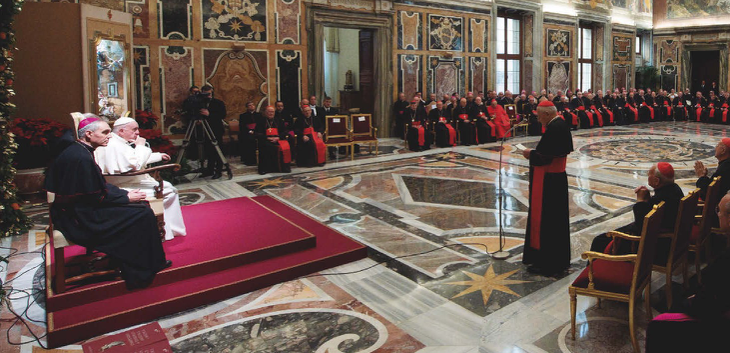
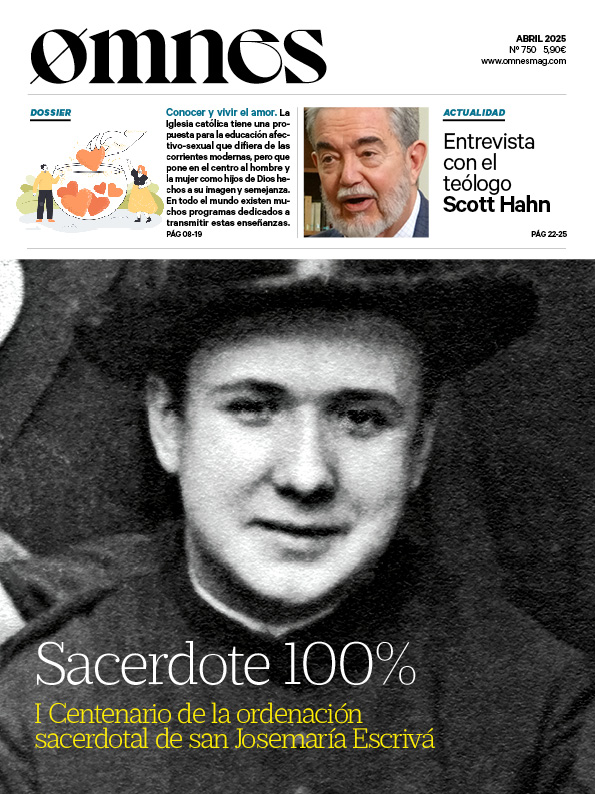


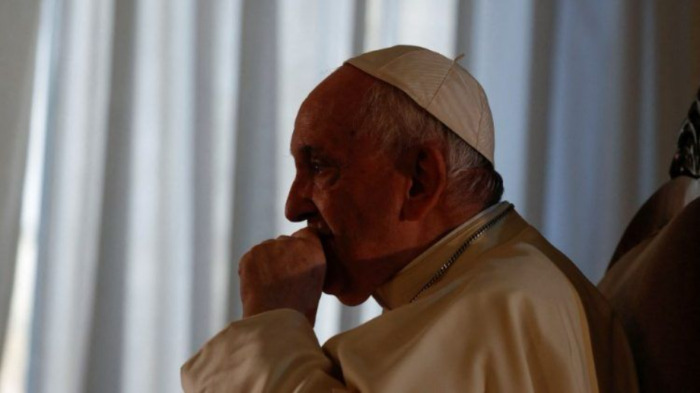
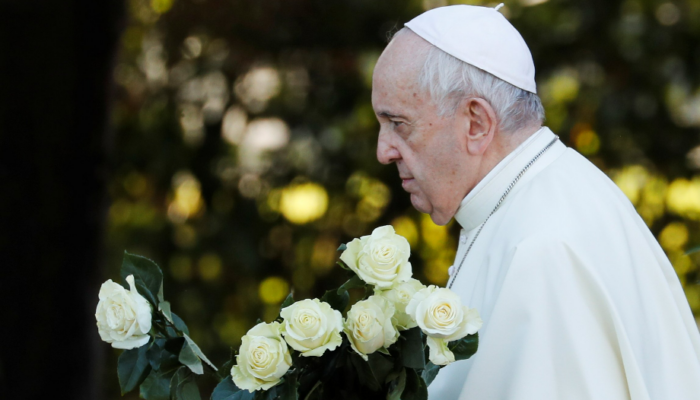
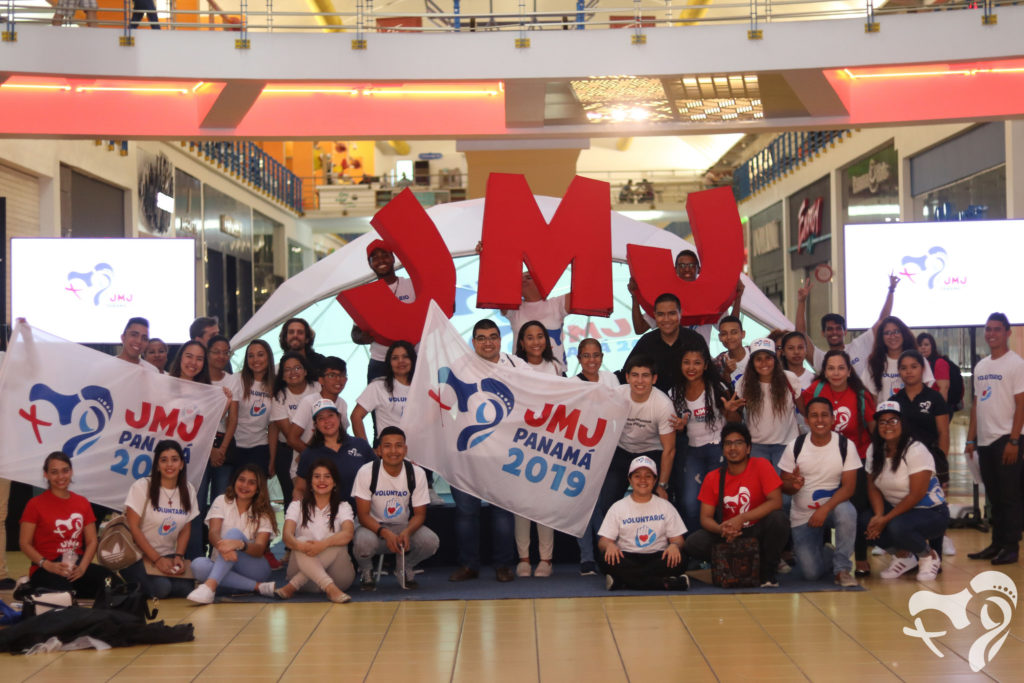

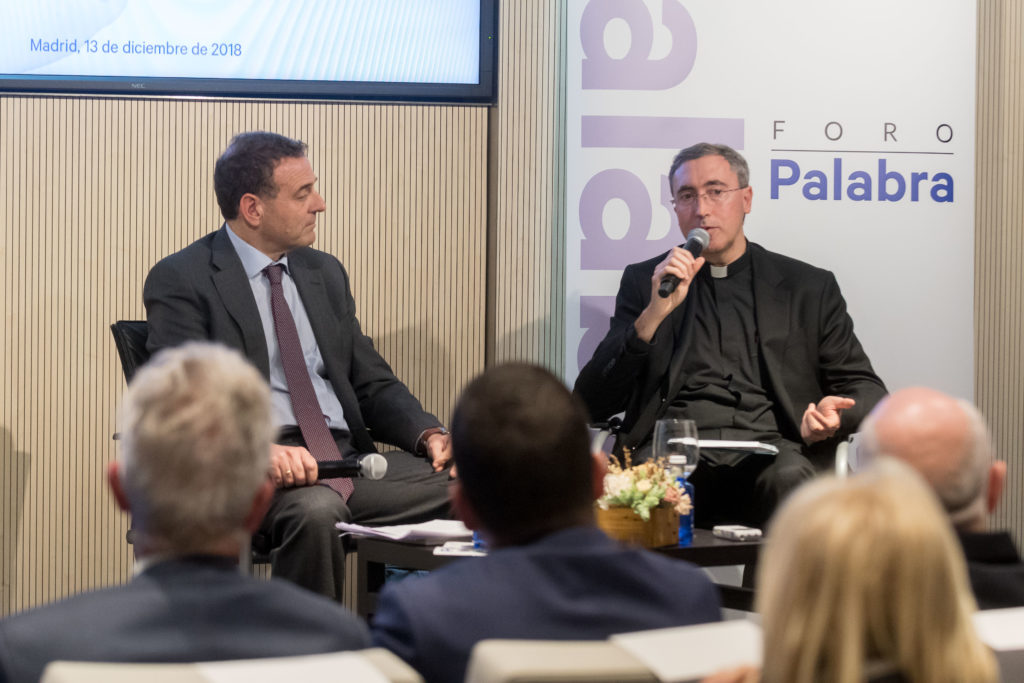
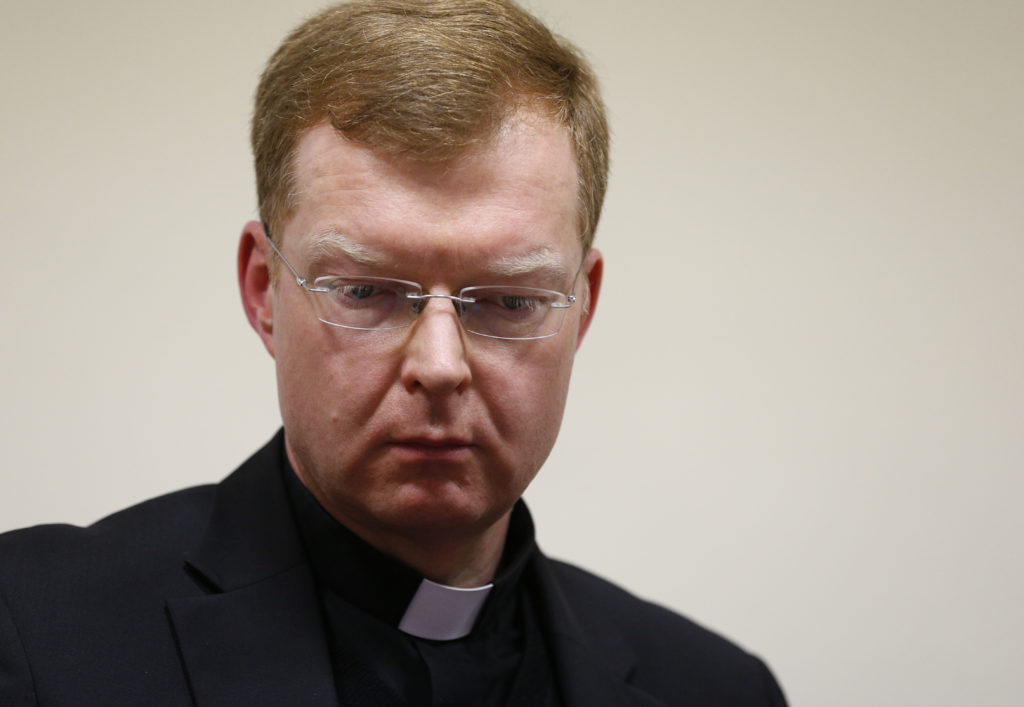

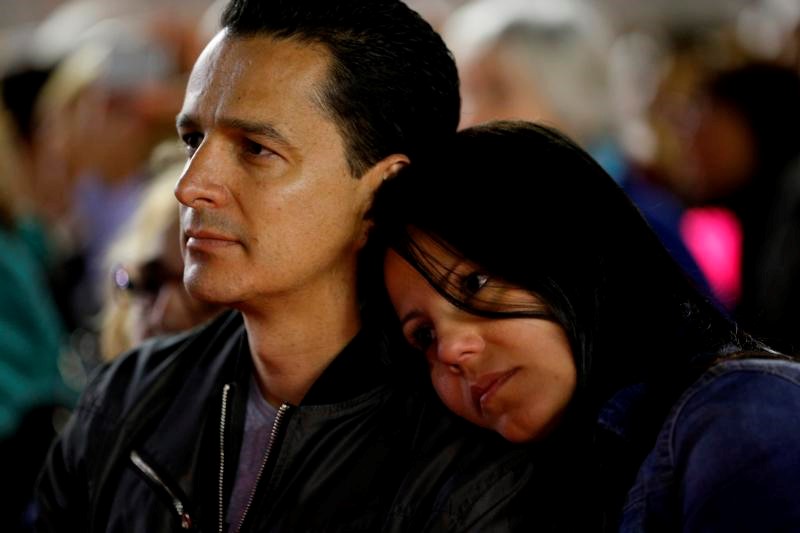


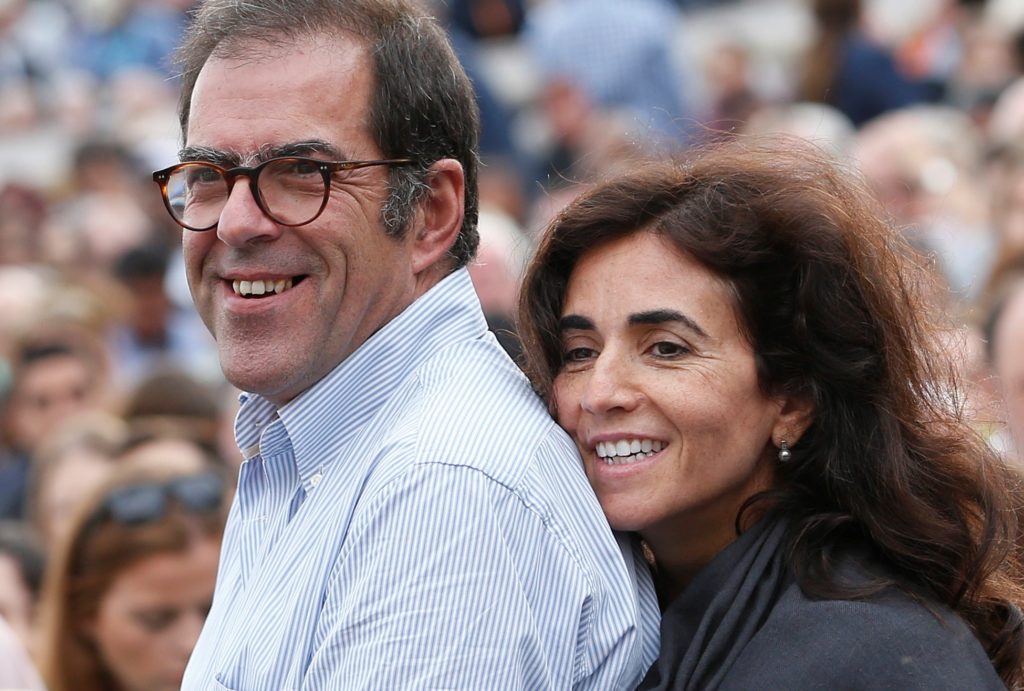
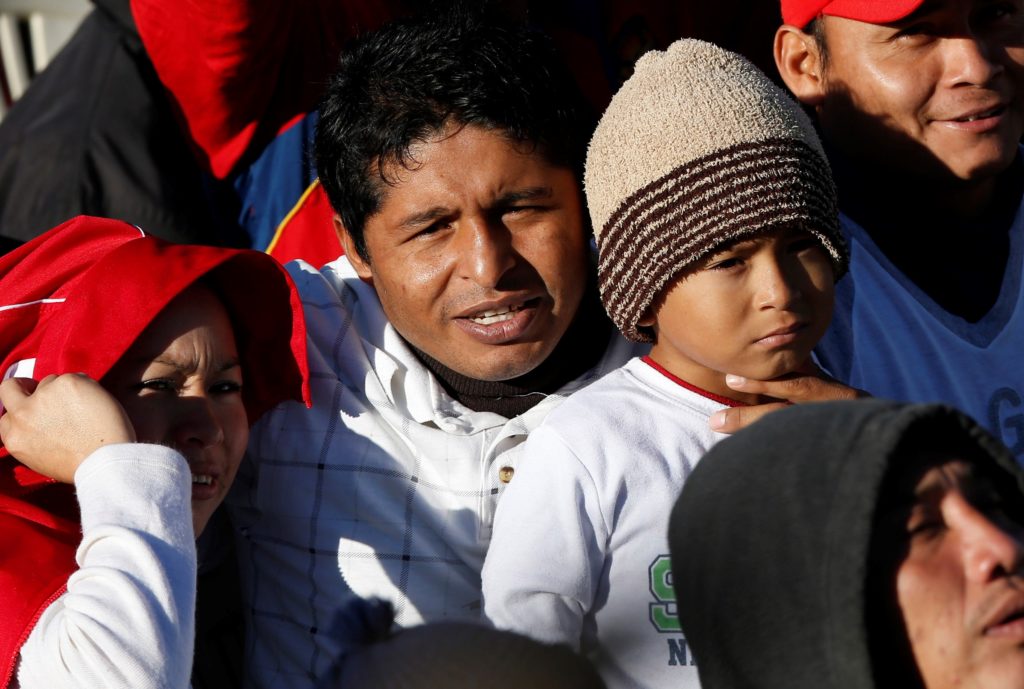
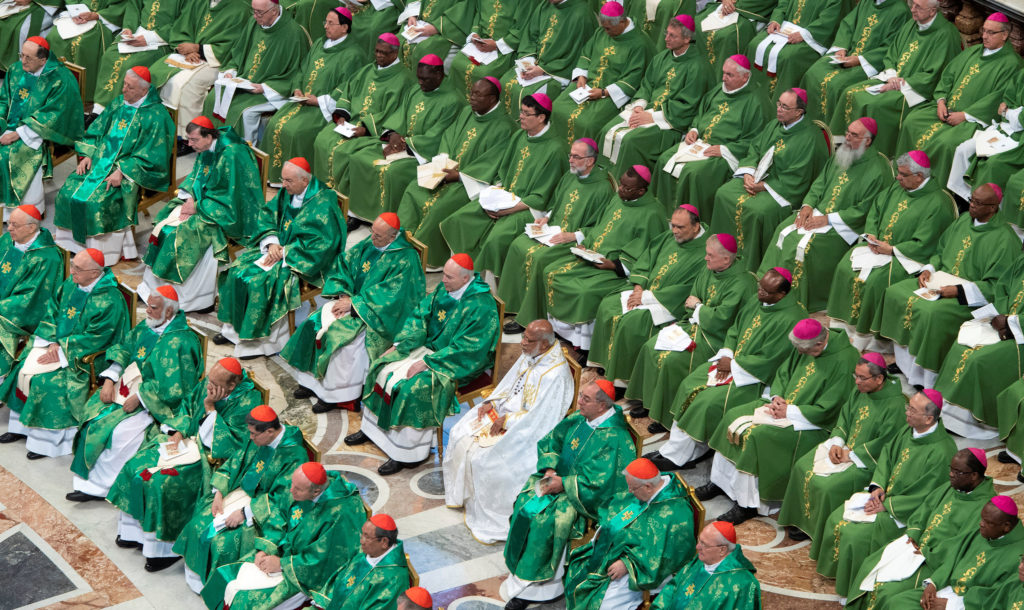

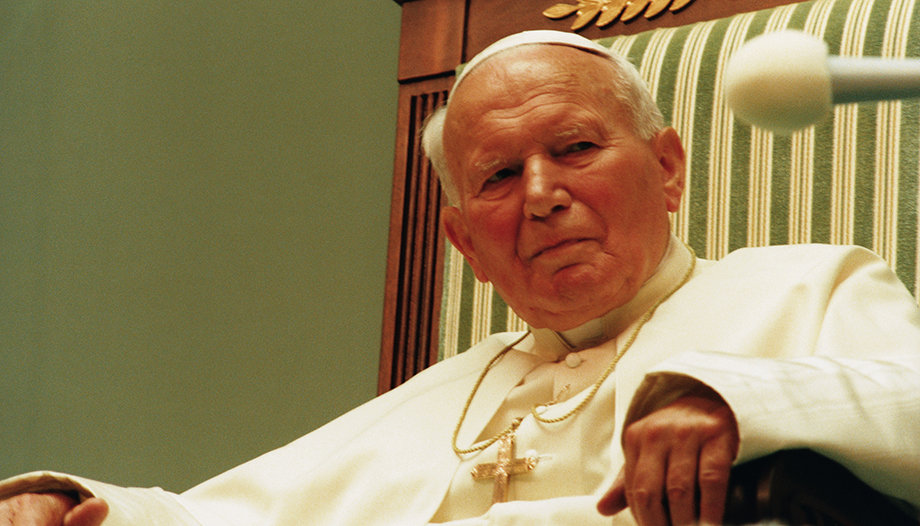
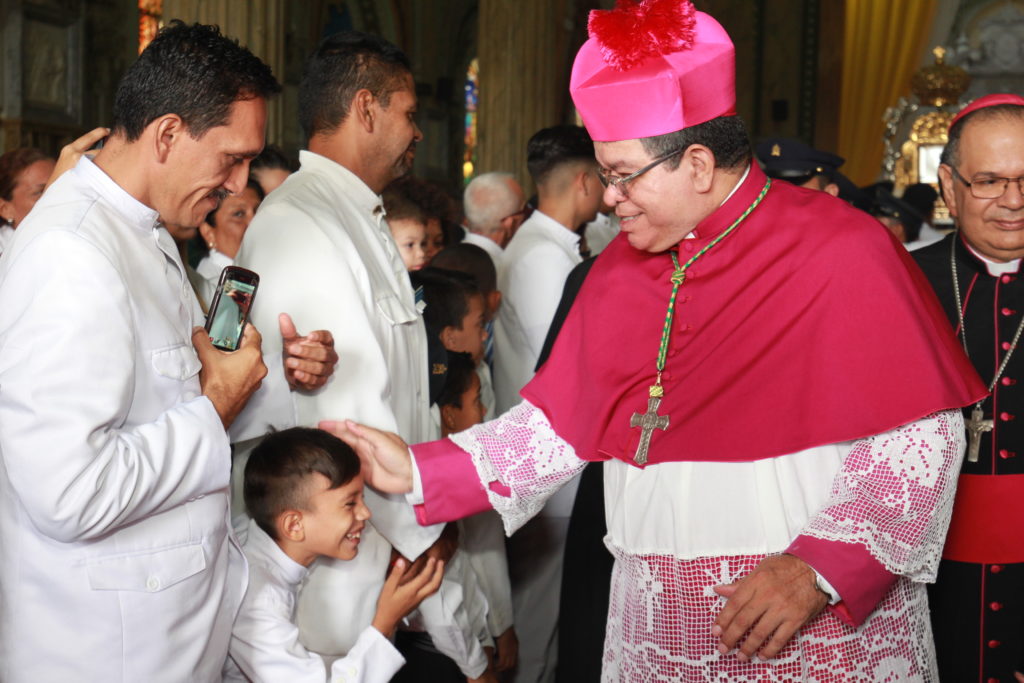
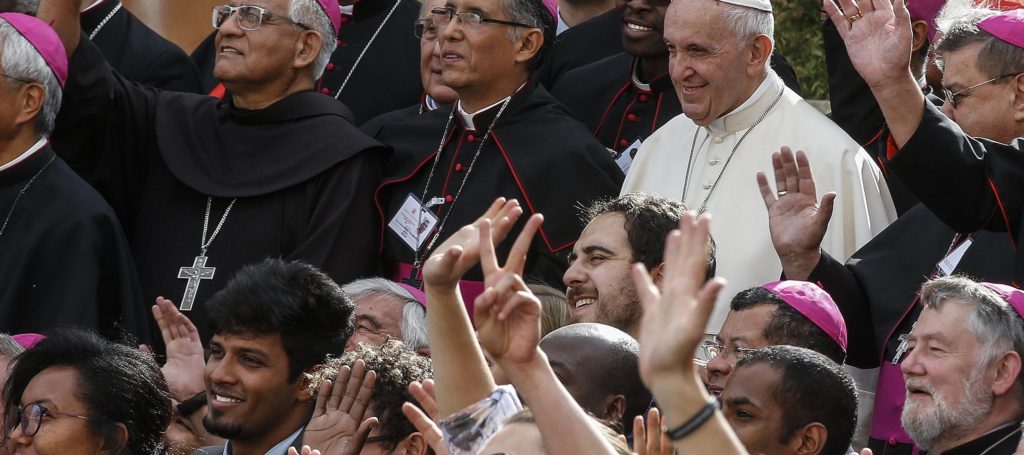
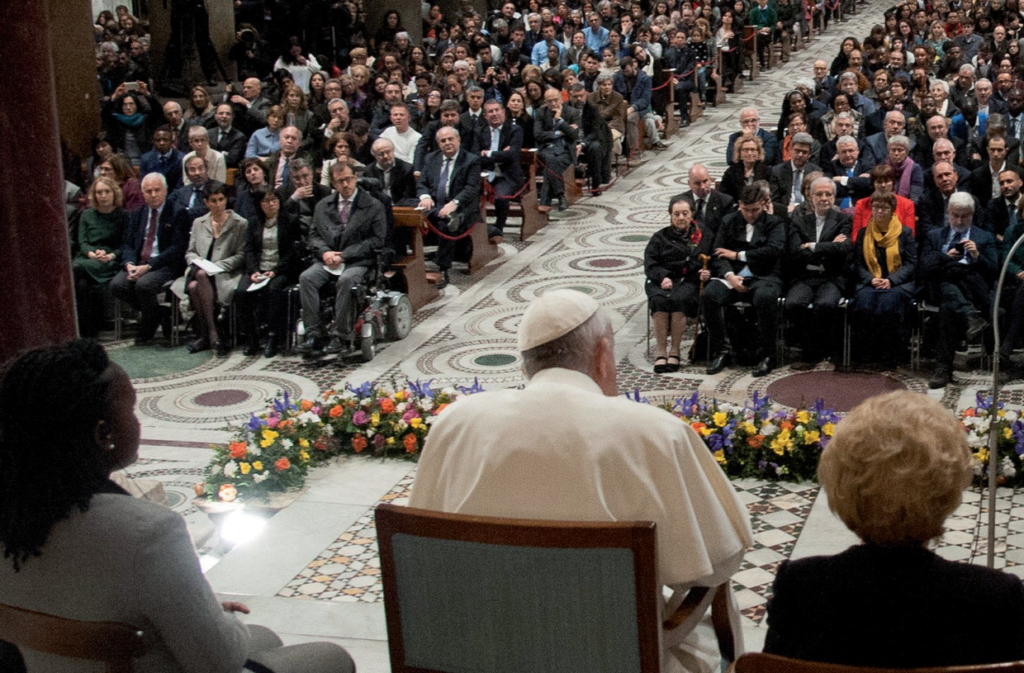
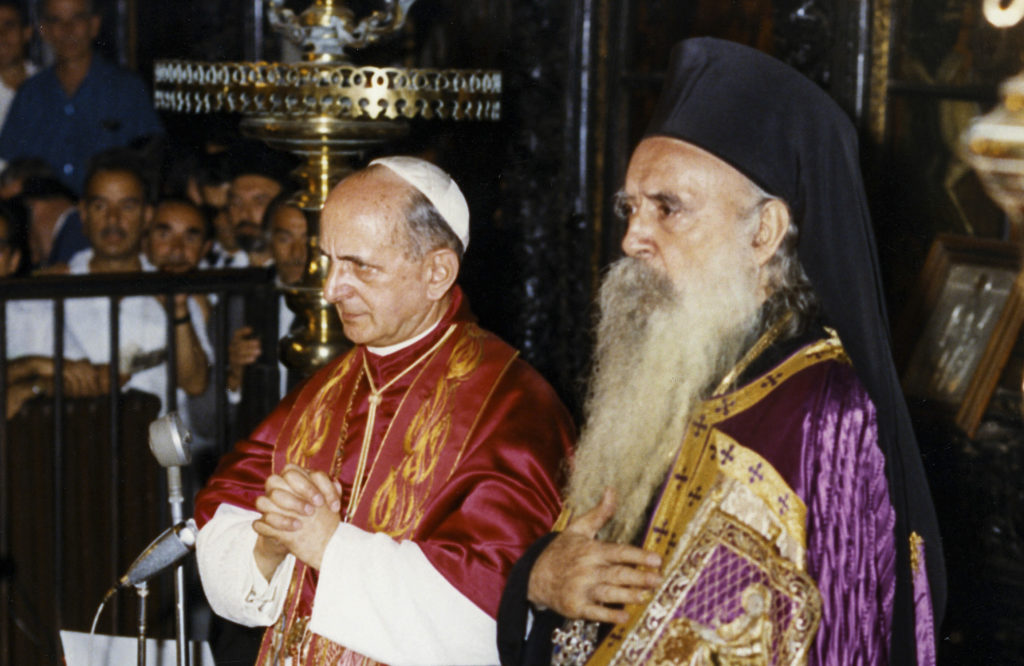
 The mystery of Paul VI
The mystery of Paul VI